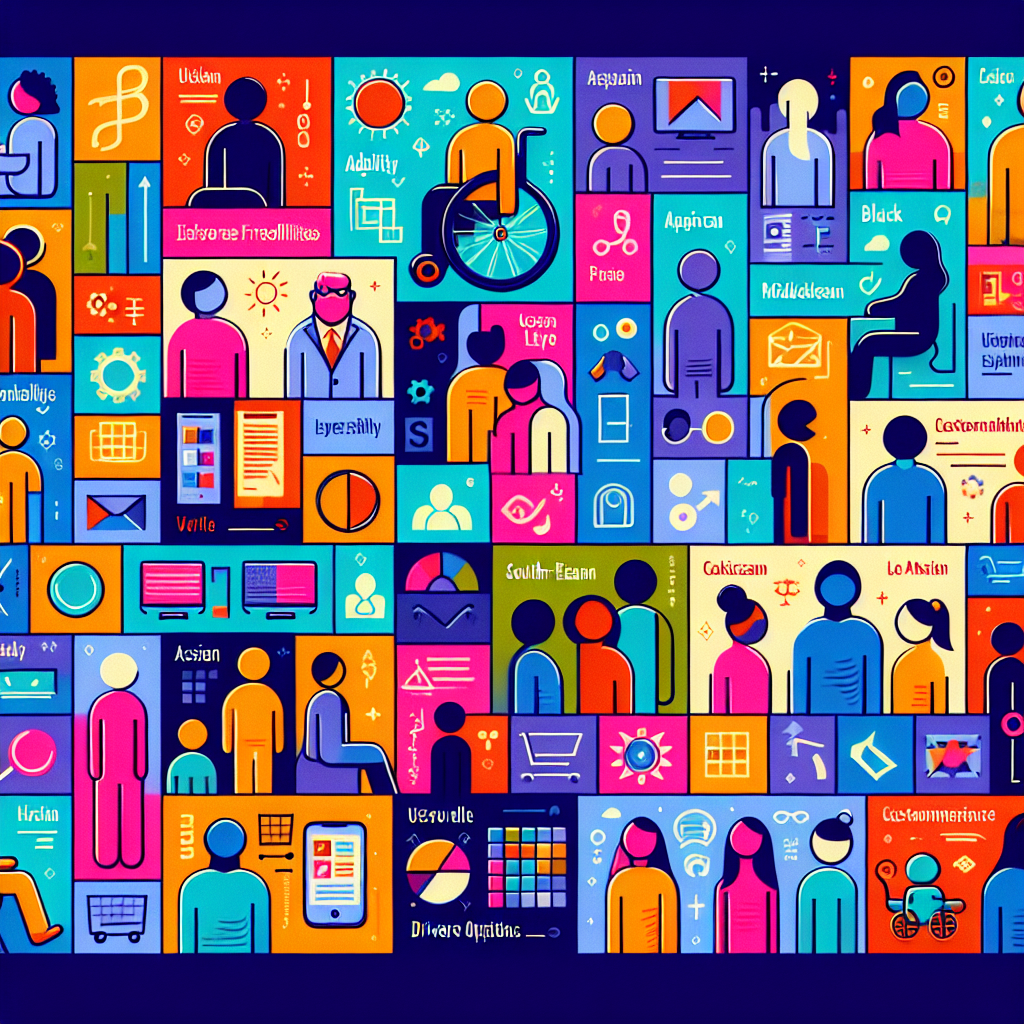Your cart is currently empty!
Accessibility in Interface Design: Ensuring Inclusivity for All Users

Accessibility in interface design is a critical factor in ensuring that all users, regardless of their abilities or disabilities, can access and use a digital product or service. Inclusivity should be at the forefront of every design decision, as creating a user-friendly experience for all individuals is not only ethically important but also legally required in many jurisdictions.
One of the key principles in designing for accessibility is to consider the needs of all users from the outset. This involves thinking about how individuals with different abilities, including those who are visually impaired, hearing impaired, or have motor impairments, will interact with the interface. For example, providing alternative text for images, captions for videos, and keyboard navigation options can make a website or app more accessible to a wider range of users.
Another important aspect of accessibility in interface design is ensuring that the design is flexible and adaptable to meet the needs of individual users. This can involve providing options for users to customize the interface, such as adjusting font sizes, color schemes, or contrast settings. By allowing users to personalize their experience, designers can cater to a diverse range of needs and preferences.
In addition, designers should consider how users with different devices and screen sizes will interact with the interface. Responsive design, which adapts the layout of a website or app based on the size of the screen, can help ensure that the interface is usable on a variety of devices, from smartphones to desktop computers. This is particularly important as more and more users access digital products and services on mobile devices.
Testing is also a crucial step in ensuring that an interface is accessible to all users. Conducting usability tests with individuals with disabilities can help identify any barriers to accessibility and provide valuable feedback for improvement. Additionally, designers should utilize tools and resources, such as screen readers and color contrast checkers, to ensure that the interface meets accessibility standards.
Ultimately, designing for accessibility is not only about compliance with regulations but also about creating a more inclusive and user-friendly experience for all individuals. By considering the needs of diverse users from the beginning of the design process, designers can create interfaces that are accessible to everyone, regardless of their abilities or disabilities. Inclusivity should be a priority for all designers, as it not only benefits users but also contributes to a more equitable and inclusive digital landscape.

Leave a Reply